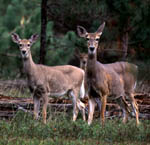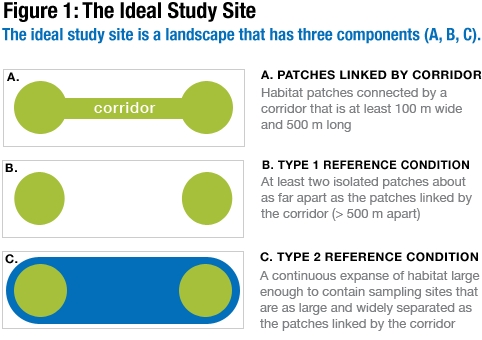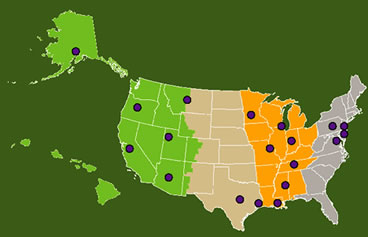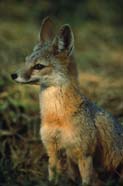Coyote pairs appear to be faithful to one another. A mated pair will stick together for years, raising their offspring together. But genetic studies of other creatures, particularly birds, has shown that there are some animals that maintain a social pair-bond while occasionally breeding with others.
 A paper in the most recent issue of the Journal of Mammalogy shows that the genetics of pair-bonded coyotes in the Chicago area support the coyote pairs’ faithfulness. The offspring of the breeding male and female coyotes that shared a territory were genetically related to both parents.
A paper in the most recent issue of the Journal of Mammalogy shows that the genetics of pair-bonded coyotes in the Chicago area support the coyote pairs’ faithfulness. The offspring of the breeding male and female coyotes that shared a territory were genetically related to both parents.
Because there’s lots of food around and because other coyote territories are nearby, urban coyotes might be more tempted to, um, stray than other coyotes.
This study has implications for coyote management, particularly because a previous study showed that coyote pairs will stick together even one is surgically sterilized.
Read the paper here. (Requires subscription or fee.)
Photo by Steve Thompson, courtesy US Fish and Wildlife






